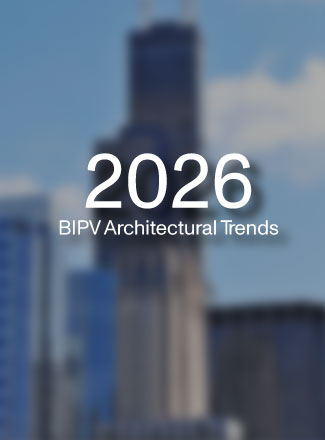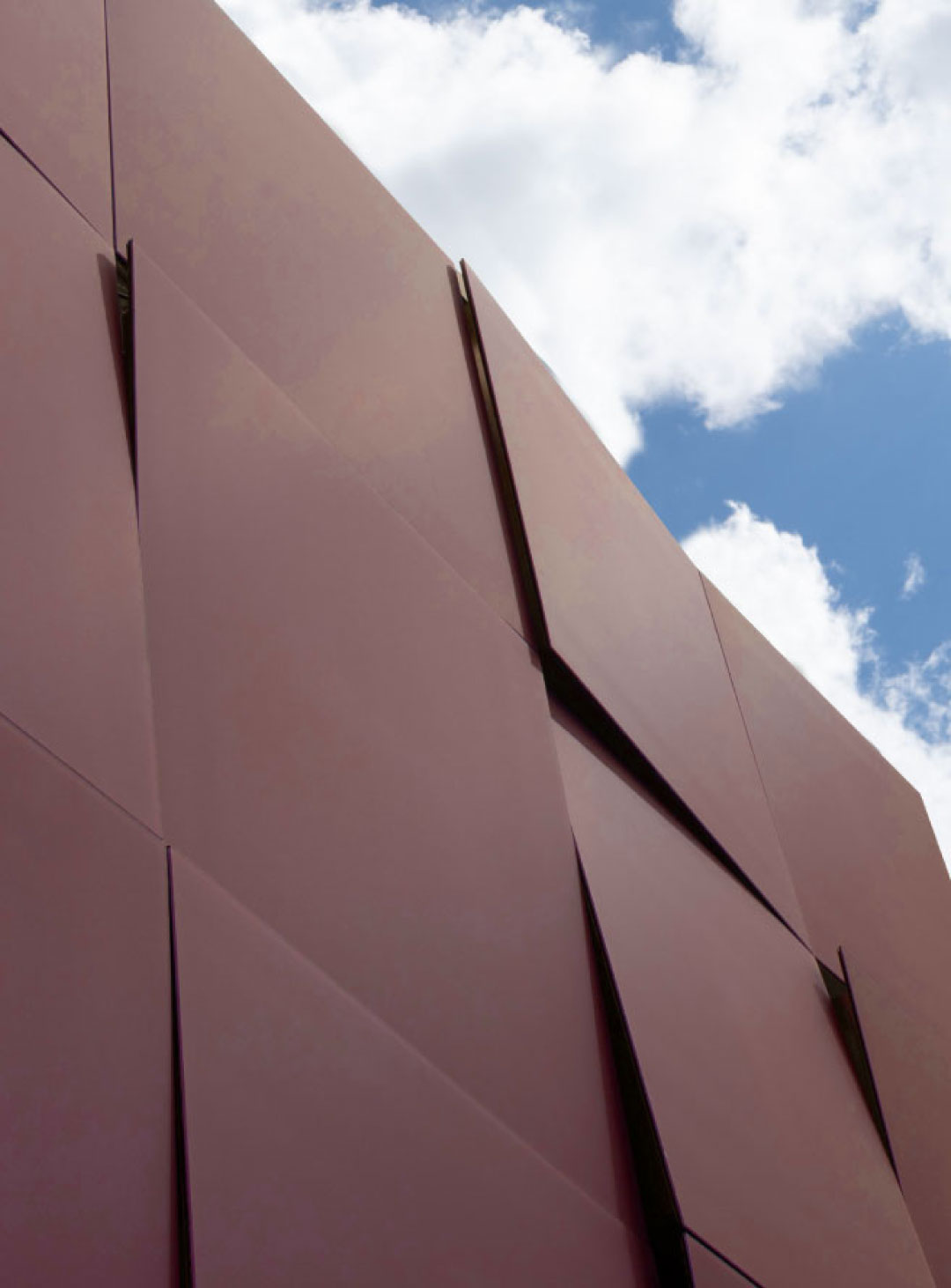

In the pursuit of sustainable energy solutions, Building Integrated Photovoltaic (BIPV) facades have emerged as a groundbreaking technology, offering an innovative way to harness solar energy. These modules are very low-maintenance and don’t require frequent cleaning due to their innovative features and capabilities. This blog post will delve into the nature of cleaning PV facades and provide a step-by-step guide on how to do it effectively.
One of the significant advantages of PV facades lies in their vertical application. Traditional solar panels, placed horizontally or at a slight tilt on rooftops, are more prone to accumulate dirt, dust, leaves, and even bird droppings. Conversely, the vertical application of BIPV modules inherently reduces this accumulation. Due to the pull of gravity, most particles and debris simply fall off, and rainwater can also naturally clean the surface as it flows downward, lowering the need for frequent maintenance and ensuring optimal performance for energy production.
Another noteworthy feature of BIPV is the innovative anti-soiling coating. This coating is designed to repel dirt and water, further reducing the adherence of dust and other particulates. With such a protective layer, the BIPV panels not only remain cleaner for more extended periods but are also significantly easier to clean when the time comes. Cleaning PV facades require significantly less scrubbing, reduced need for detergents, and quicker cleaning times. When combined with the vertical application mentioned above, it's clear why solar facades are an excellent choice for both energy production and low-maintenance architectural solutions!
Begin by rinsing the solar facade with water to remove any loose debris. This initial step helps to prevent scratching the glass surface during subsequent cleaning.
If some debris persists, use a mild soap and water solution to gently scrub the surface. Ensure that the soap used is not too harsh, as strong cleaners can damage the glass and coatings.
After scrubbing, thoroughly rinse the solar facade to remove any soap residue. This step is crucial to prevent streaks or residue buildup that could affect the performance of the modules. As we progress towards a future driven by sustainable energy, BIPV facades shine as both a technological wonder and an architectural gem. Their design and vertical application minimize maintenance demands, and with the addition of their anti-soiling coatings, cleaning becomes notably easier. By adopting such innovations in our infrastructure, we not only enhance the buildings' aesthetics but also make meaningful strides toward a greener and more sustainable tomorrow.
News & Articles

Design-driven solar façades are the future—and in 2026, building-integrated photovoltaics (BIPV) must meet high architectural standards as well as performance benchmarks. This blog highlights five architectural design trends that are shaping next-generation BIPV applications and how Mitrex products—from custom murals to landmark towers—are making them a reality.

Design-driven solar façades are the future—and in 2026, building-integrated photovoltaics (BIPV) must meet high architectural standards as well as performance benchmarks. This blog highlights five architectural design trends that are shaping next-generation BIPV applications and how Mitrex products—from custom murals to landmark towers—are making them a reality.

This blog introduces eFacade TILT, Mitrex’s newest BIPV product that blends solar generation with architectural depth. Featuring tilted modules, 23 available colours, and seamless rainscreen system integration, TILT transforms flat walls into high-performance, three-dimensional assets.

This blog introduces eFacade TILT, Mitrex’s newest BIPV product that blends solar generation with architectural depth. Featuring tilted modules, 23 available colours, and seamless rainscreen system integration, TILT transforms flat walls into high-performance, three-dimensional assets.

This blog explores how Mitrex’s modular design, engineered mounting systems, and project-tested flexibility enable seamless solar integration with aging or occupied buildings. Use real retrofit case studies like the Loyola Residence at St. Mary’s University and 1154 Wilson Avenue, we show how BIPV can modernize façades without compromising aesthetics, performance, or occupants’ comfort.

This blog explores how Mitrex’s modular design, engineered mounting systems, and project-tested flexibility enable seamless solar integration with aging or occupied buildings. Use real retrofit case studies like the Loyola Residence at St. Mary’s University and 1154 Wilson Avenue, we show how BIPV can modernize façades without compromising aesthetics, performance, or occupants’ comfort.